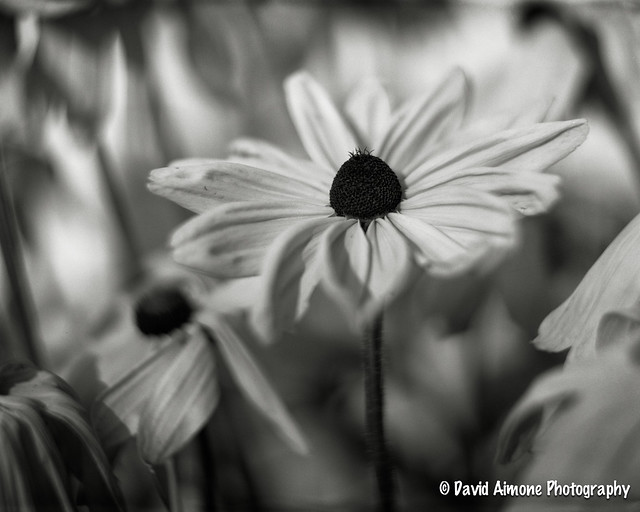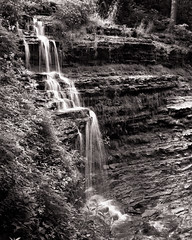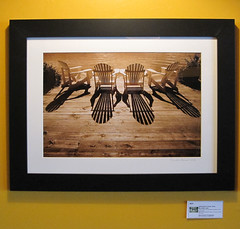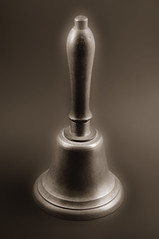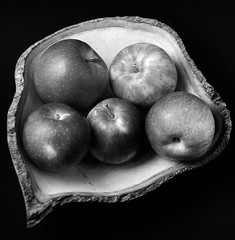After I get back from the "west coast" trip, I hope to spend some time in there developing and printing. Here are a couple of overviews of the space...
Darkroom is about 8x12'
Durst 4x5 Enlarger and Print Easels
The sink is 6 feet long by about 30 inches deep. I've installed a ventilation fan to the outdoors over it, as well as hot and cold water that I can regulate and monitor with a built-in thermometer. I put the enlarger on a low platform, because the ceiling is low and I can print up to 20"x24" prints in the current configuration, but the enlarger almost hits the ceiling to do this. IN the photo it is set up for 11x14 prints. On the wall is mounted the enlarger's timer. Almost everything in the darkroom was purchased second-hand, and there are really good bargains to be found in darkroom equipment. Even the counter top I purchased for $35 from a contractor who had it leftover.
Delta One Sink with water supply, filter and large print trays.
Upper Counter with Print Washer and Jobo Rotary Processor
In the corner, between the sink and the countertop is a small upper counter, where I can place the Jobo Rotary Processor, which is a tank that I develop photo negatives in. Processing chemicals are poured in and out of the tank, the tank rotates on the base, and the contents are poured out into the sink or into containers for re-use/re-cycling. Next to the Jobo Processor is the large acrylic print washer. Prints need to be thoroughly washed of processing chemicals.
Plumbing was pretty straightforward, from hot and cold lines just outside the room, and draining into the main sewer drain plug in the bottom corner of the room. GFCI's just had to be added to the electrical circuits in the room, the fan wired, and that was that. There's plenty of room for storage too, and safelights mounted on the wall for use during print processing.
What do you think?










